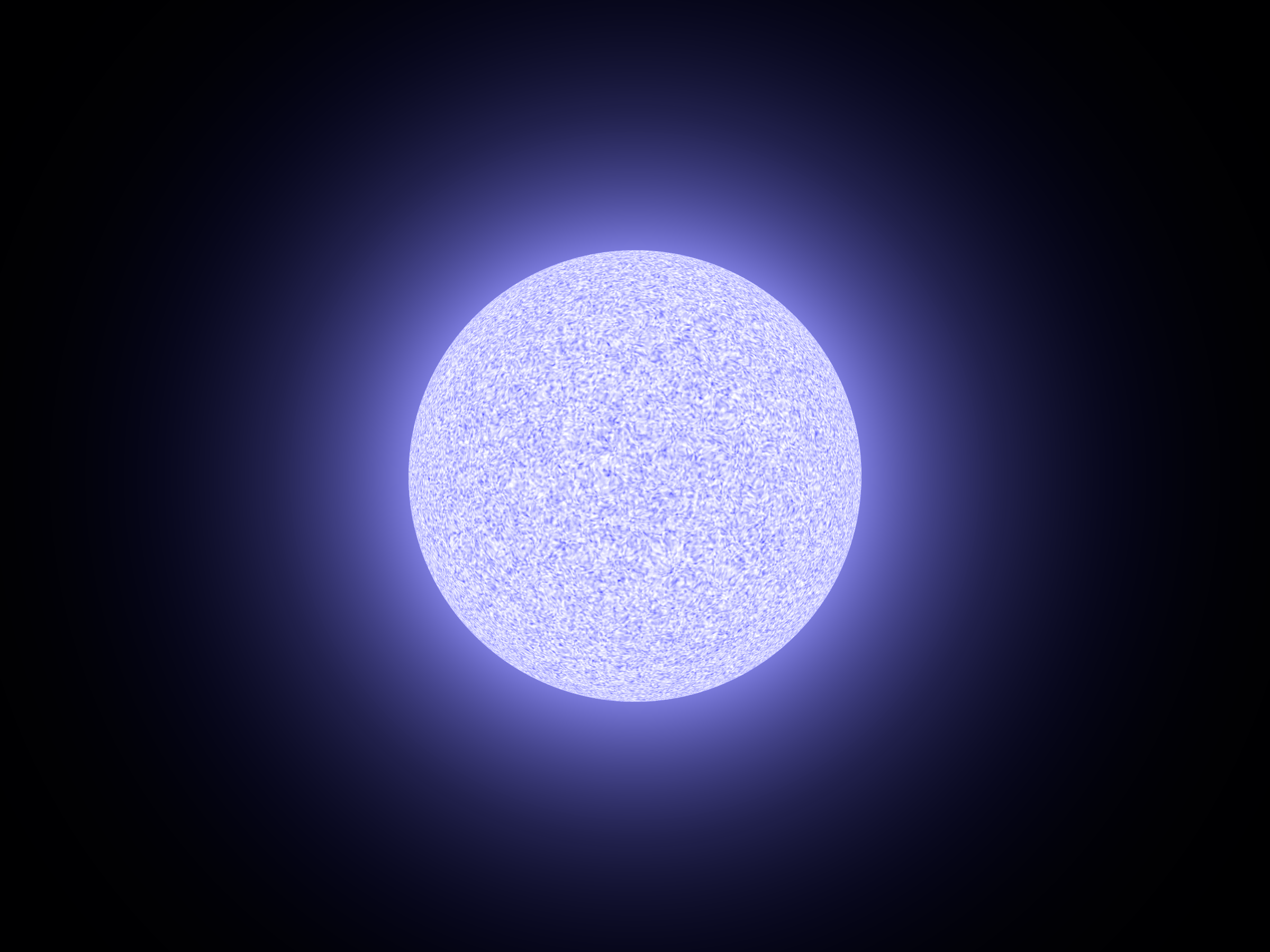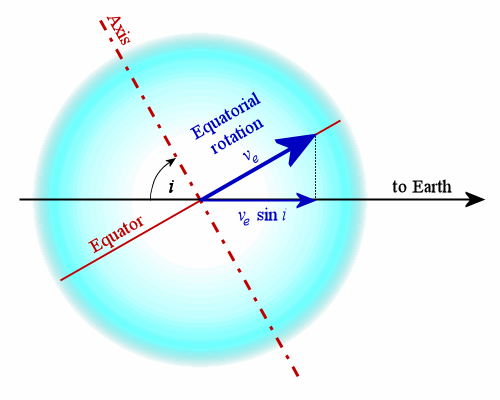|
11 Camelopardalis
11 Camelopardalis is a single star in the northern circumpolar constellation of Camelopardalis, located around 690 light years away from the Sun as determined by parallax. It has the variable star designation BV Camelopardalis; ''11 Camelopardalis'' is the Flamsteed designation. This object is visible to the naked eye as a faint, blue-white hued star with a baseline apparent visual magnitude of +5.22. It forms a double star with 12 Camelopardalis, which is only 3 arcminutes away. This is a main sequence Be star with a stellar classification of B3 Ve. John R. Percy ''et al.'' discovered that 11 Camelopardalis is a variable star in 1979, and published that finding in 1981. It was given its variable star designation in 1987. Samus et al. (2017) classify it as a Be variable, rather than a Gamma Cassiopeiae type, and it ranges from a peak Hipparcos magnitude of 5.10 down to 5.22. The star is spinning with a projected rotational velocity of 95 km/s, but is bein ... [...More Info...] [...Related Items...] OR: [Wikipedia] [Google] [Baidu] |
Main Sequence
In astronomy, the main sequence is a classification of stars which appear on plots of stellar color index, color versus absolute magnitude, brightness as a continuous and distinctive band. Stars on this band are known as main-sequence stars or dwarf stars, and positions of stars on and off the band are believed to indicate their physical properties, as well as their progress through several types of star life-cycles. These are the most numerous true stars in the universe and include the Sun. Color-magnitude plots are known as Hertzsprung–Russell diagrams after Ejnar Hertzsprung and Henry Norris Russell. After condensation and ignition of a star, it generates thermal energy in its dense stellar core, core region through nuclear fusion of hydrogen into helium. During this stage of the star's lifetime, it is located on the main sequence at a position determined primarily by its mass but also based on its chemical composition and age. The cores of main-sequence stars are in hydros ... [...More Info...] [...Related Items...] OR: [Wikipedia] [Google] [Baidu] |
Objects With Variable Star Designations
Object may refer to: General meanings * Object (philosophy), a thing, being, or concept ** Object (abstract), an object which does not exist at any particular time or place ** Physical object, an identifiable collection of matter * Goal, an aim, target, or objective * Object (grammar), a sentence element, such as a direct object or an indirect object Science, technology, and mathematics Computing * 3D model, a representation of a physical object * Object (computer science), a language mechanism for binding data with methods that operate on that data ** Object-orientation (other), in which concepts are represented as objects *** Object-oriented programming (OOP), in which an object is an instance of a class or array ** Object (IBM i), the fundamental unit of data storage in the IBM i operating system * Object file, the output of a compiler or other translator program (also known as "object code") * HTML object element Mathematics * Object (mathematics), an abst ... [...More Info...] [...Related Items...] OR: [Wikipedia] [Google] [Baidu] |
Gamma Cassiopeiae Variable Stars
Gamma (; uppercase , lowercase ; ) is the third letter of the Greek alphabet. In the system of Greek numerals it has a value of 3. In Ancient Greek, the letter gamma represented a voiced velar stop . In Modern Greek, this letter normally represents a voiced velar fricative , except before either of the two front vowels (/e/, /i/), where it represents a voiced palatal fricative ; while /g/ in foreign words is instead commonly transcribed as γκ). In the International Phonetic Alphabet and other modern Latin-alphabet based phonetic notations, it represents the voiced velar fricative. History The Greek letter Gamma Γ is a grapheme derived from the Phoenician letter (''gīml'') which was rotated from the right-to-left script of Canaanite to accommodate the Greek language's writing system of left-to-right. The Canaanite grapheme represented the /g/ phoneme in the Canaanite language, and as such is cognate with ''gimel'' ג of the Hebrew alphabet. Based on its name, the lett ... [...More Info...] [...Related Items...] OR: [Wikipedia] [Google] [Baidu] |
B-type Main-sequence Stars
A B-type main-sequence star (B V) is a main-sequence (hydrogen-burning) star of spectral type B and luminosity class V. These stars have from 2 to 16 times the mass of the Sun and surface temperatures between 10,000 and 30,000 K. B-type stars are extremely luminous and blue. Their spectra have strong neutral helium absorption lines, which are most prominent at the B2 subclass, and moderately strong hydrogen lines. Examples include Regulus, Algol A and Acrux. History This class of stars was introduced with the Harvard sequence of stellar spectra and published in the ''Revised Harvard photometry'' catalogue. The definition of type B-type stars was the presence of non-ionized helium lines with the absence of singly ionized helium in the blue-violet portion of the spectrum. All of the spectral classes, including the B type, were subdivided with a numerical suffix that indicated the degree to which they approached the next classification. Thus B2 is 1/5 of the way from type B (or ... [...More Info...] [...Related Items...] OR: [Wikipedia] [Google] [Baidu] |
Be Stars
Be stars are a heterogeneous set of stars with B spectral types and emission lines. A narrower definition, sometimes referred to as ''classical Be stars'', is a non-supergiant B star whose spectrum has, or had at some time, one or more Balmer emission lines. Definition and classification Many stars have B-type spectra and show hydrogen emission lines, including many supergiants, Herbig Ae/Be stars, mass-transferring binary systems, and B stars. It is preferred to restrict usage of the term Be star to non-supergiant stars showing one or more Balmer series lines in emission. These are sometimes referred to as classical Be stars. The emission lines may be present only at certain times. Although the Be type spectrum is most strongly produced in class B stars, it is also detected in O and A shell stars, and these are sometimes included under the "Be star" banner. Be stars are primarily considered to be main sequence stars, but a number of subgiants and giant stars are also in ... [...More Info...] [...Related Items...] OR: [Wikipedia] [Google] [Baidu] |
Monthly Notices Of The Royal Astronomical Society
''Monthly Notices of the Royal Astronomical Society'' (MNRAS) is a peer-reviewed scientific journal in astronomy, astrophysics and related fields. It publishes original research in two formats: papers (of any length) and letters (limited to five pages). MNRAS publishes more articles per year than any other astronomy journal. The learned society journal has been in continuous existence since 1827 and became online only in 2020. It operates as a partnership between the Royal Astronomical Society (RAS), who select and peer-review the contents, and Oxford University Press (OUP), who publish and market the journal. Despite its name, MNRAS is no longer monthly, nor does it carry the notices of the RAS. In 2024 MNRAS became a purely gold open access journal. History The first issue of MNRAS was published on 9 February 1827 as ''Monthly Notices of the Astronomical Society of London'' and it has been in continuous publication ever since. It took its current name from the second vo ... [...More Info...] [...Related Items...] OR: [Wikipedia] [Google] [Baidu] |
AAVSO
The American Association of Variable Star Observers (AAVSO) is an international nonprofit organization. Founded in 1911, the organization focuses on coordinating, analyzing, publishing, and archiving variable star observations made largely by amateur astronomers. The AAVSO creates records that establish light curves depicting the variation in brightness of a star over time. The AAVSO makes these records available to professional astronomers, researchers, and educators. Professional astronomers do not have the resources to monitor every variable star. Hence, astronomy is one of the few sciences where amateurs can make significant contributions to research. In 2011, the 100th year of the AAVSO's existence, the twenty-millionth variable star observation was received into their database. The AAVSO International Database (AID) has stored over thirty-five million observations as of 2019. The organization receives nearly 1,000,000 observations annually from an estimated amount of 2,000 ... [...More Info...] [...Related Items...] OR: [Wikipedia] [Google] [Baidu] |
Mass Of The Sun
The solar mass () is a frequently used unit of mass in astronomy, equal to approximately . It is approximately equal to the mass of the Sun. It is often used to indicate the masses of other stars, as well as stellar clusters, nebulae, galaxies and black holes. More precisely, the mass of the Sun is The solar mass is about times the mass of Earth (), or times the mass of Jupiter (). History of measurement The value of the gravitational constant was first derived from measurements that were made by Henry Cavendish in 1798 with a torsion balance. The value he obtained differs by only 1% from the modern value, but was not as precise. The diurnal parallax of the Sun was accurately measured during the transits of Venus in 1761 and 1769, yielding a value of (9 arcseconds, compared to the present value of ). From the value of the diurnal parallax, one can determine the distance to the Sun from the geometry of Earth. The first known estimate of the solar mass was by Isaac N ... [...More Info...] [...Related Items...] OR: [Wikipedia] [Google] [Baidu] |
Emission Line
A spectral line is a weaker or stronger region in an otherwise uniform and continuous spectrum. It may result from emission or absorption of light in a narrow frequency range, compared with the nearby frequencies. Spectral lines are often used to identify atoms and molecules. These "fingerprints" can be compared to the previously collected ones of atoms and molecules, and are thus used to identify the atomic and molecular components of stars and planets, which would otherwise be impossible. Types of line spectra Spectral lines are the result of interaction between a quantum system (usually atoms, but sometimes molecules or atomic nuclei) and a single photon. When a photon has about the right amount of energy (which is connected to its frequency) to allow a change in the energy state of the system (in the case of an atom this is usually an electron changing orbitals), the photon is absorbed. Then the energy will be spontaneously re-emitted, either as one photon at the same f ... [...More Info...] [...Related Items...] OR: [Wikipedia] [Google] [Baidu] |
Projected Rotational Velocity
Stellar rotation is the angular motion of a star about its axis. The rate of rotation can be measured from the spectrum of the star, or by timing the movements of active features on the surface. The rotation of a star produces an equatorial bulge due to centrifugal force. As stars are not solid bodies, they can also undergo differential rotation. Thus the equator of the star can rotate at a different angular velocity than the higher latitudes. These differences in the rate of rotation within a star may have a significant role in the generation of a stellar magnetic field. In its turn, the magnetic field of a star interacts with the stellar wind. As the wind moves away from the star its angular speed decreases. The magnetic field of the star interacts with the wind, which applies a drag to the stellar rotation. As a result, angular momentum is transferred from the star to the wind, and over time this gradually slows the star's rate of rotation. Measurement Unless a sta ... [...More Info...] [...Related Items...] OR: [Wikipedia] [Google] [Baidu] |
Gamma Cassiopeiae Variable
A Gamma Cassiopeiae variable (γ Cassiopeiae variable) is a type of variable star, named for its prototype γ Cassiopeiae. Variability γ Cassiopeiae variables show irregular changes in brightness on a timescale of decades. These typically have amplitudes of the order of a magnitude. For example, γ Cassiopeiae is usually about magnitude 2.5 and has varied between magnitudes 1.6 and 3.0. The variations are associated with changes in the spectrum between normal absorption spectra and Be star spectra, often also including shell star characteristics. Pleione and γ Cassiopeiae itself are both variable stars that have intermittent shell episodes where strong shell features appear in the spectrum and the brightness increases or decreases significantly. At other times the shell is not detectable in the spectrum, and even the emission lines may disappear. The General Catalogue of Variable Stars (GCVS) categorises γ Cassiopeiae stars as eruptive variables and describes them as ... [...More Info...] [...Related Items...] OR: [Wikipedia] [Google] [Baidu] |





